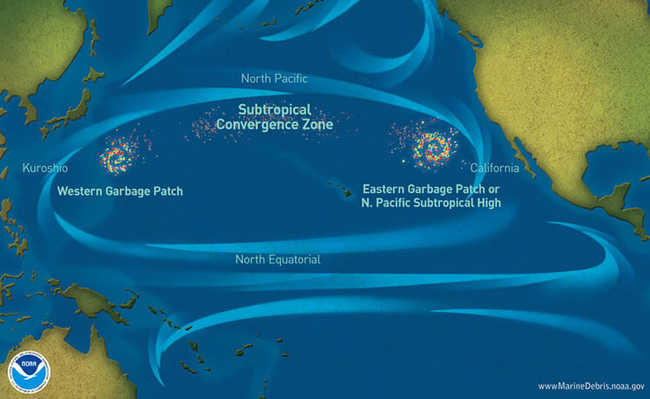Water: the main way to cool digitally stored files
Despite decreasing energy use, the water cooling method can still have a big impact on the environment.

(Hot Huts from the Google company)
With the massive amount of data stored online due to the expansion of the internet and services offered in clouds, data centers are at risk of overheating, as the electricity that powers them eventually turns into heat. This puts internal components at risk, which can malfunction or even melt. To deal with these problems, there are two types of cooling that any company that has a data center can use. The first involves cooling via air conditioners - which is very energy-intensive. The second has water as its main agent.
This method works on the basic principle of thermodynamics, in which heat moves from warmer objects to cooler ones. Water cooling has a few distinct methods:
The most common method
A pump circulates cold water through "water blocks" (a piece of heat-conducting metal, such as copper or aluminum, filled with tubes and hollow channels filled with cold water) that sit on top of some chip separated by a paste. thermal, which aids in heat transfer. Within this block of water heat transfer takes place. The heated water proceeds to the radiator, and as its heat dissipates there, another amount of cold water restarts the cycle.
The Google Method
At Google companies, there is another cooling method that also uses water. The servers are placed back to back and between them there is a fenced corridor called the Hot Huts ("Hot Cabanas", in free translation - check the picture above). While several exhaust fans that are behind the servers throw the hot air into the Hot Huts, there are hoses, which come out of the ground, containing water that comes to and from the cooling coils - they are at the top. Exhaust fans on top of each unit of Hot Huts they pull hot air through the coils that have been cooled by water, and the cooled air exits to the data center environment. There, the servers pull in the air that cools them, completing the cycle.
The Google method in Finland
In Hamina, Finland, Google has created a cooling method that exclusively uses the icy sea waters of the Gulf of Finland to cool a data center. Built on top of a 1950s paper mill, the data center pumps water through a submerged tunnel, passing it through heat exchangers, where the heat is dissipated through a direct exchange. The hot water goes to another building, where it is mixed with sea water to cool it down. This is done so that when this water is returned to the sea, it is at a temperature similar to its water, in order to minimize environmental impacts in the area. The company guarantees that this method provides a natural cooling of the data center with seawater, as there is no other element involved.
The cons of water cooling
Despite lowering energy usage by not relying on an air conditioner, the water-based cooling method still has a big impact on the environment. In addition to using a lot of water and needing a constant supply, evaporated water is a serious problem if it leaves the data center environment. Not because it is polluted – it does not contaminate itself in this environment – but because it is still hot and “leaks” into the environment constantly. This leak introduces a steam produced by artificial means, increasing the local temperature. And the problem is that this increase in temperature can harm the environment, as its fauna and flora were not counting on it.
To reduce the use of drinking water, there are some data centers that use recycled water. While not consumable, it's clean enough not to harm data centers. Despite this, there are still many data centers that use water from reservoirs. With data centers that use recycled water, the impact may be reduced, but the demand for water is not only large, it also grows considerably with the emergence of new data centers that use this method of cooling.
If the use of energy to cool data centers through air conditioners is not environmentally friendly, it is also not possible to consider the use of water as a definitive solution to the issue.










